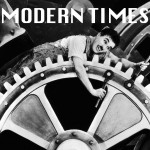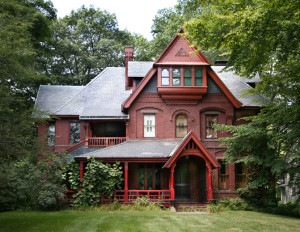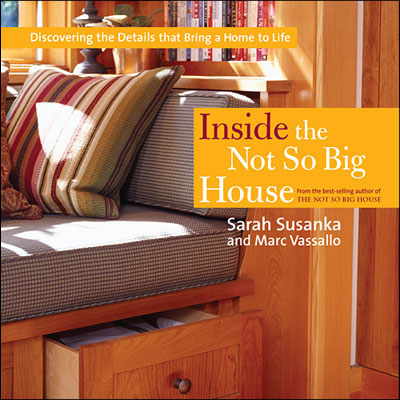 My career began during the urban renaissance that took place in the 1970-80’s restoring the magnificent Victorian and Queen Anne homes that were once the “modern” homes of their day. These homes were built for the successful professionals and businessmen at the last turn of a century and expressed the exuberance and refined architectural taste of that time. Here they were, years later being rediscovered, restored, and remodeled by the newly prosperous “young urban professionals” (dubbed Yuppies).
My career began during the urban renaissance that took place in the 1970-80’s restoring the magnificent Victorian and Queen Anne homes that were once the “modern” homes of their day. These homes were built for the successful professionals and businessmen at the last turn of a century and expressed the exuberance and refined architectural taste of that time. Here they were, years later being rediscovered, restored, and remodeled by the newly prosperous “young urban professionals” (dubbed Yuppies).
 This style featured magnificent craft and inspired many trade professionals, me included, to become expert at working with elaborate moldings and creating custom built-ins, and more. We soon came to admire the simpler, cleaner, but no less well crafted Craftsman style and became adept at interpreting it as well.
This style featured magnificent craft and inspired many trade professionals, me included, to become expert at working with elaborate moldings and creating custom built-ins, and more. We soon came to admire the simpler, cleaner, but no less well crafted Craftsman style and became adept at interpreting it as well.
As my business matured I came to know and admire the breadth of styles that are found in Hartford’s surrounding suburbs. Embedded in each, decade after decade, are the features and flavors that were considered “modern” in their day. Each also reveals the spatial legacy of how each generation chose to live, and our work increasingly became working out how to maintain the charms of a particular style while overcoming its domestic prejudices about how one used space and occupied the home. We have opened up a lot of kitchens!

There were many lessons to learn about what makes a good home from all these examples and I was eager to see what our generation’s idea of “modern” would turn out to be. To my horror, we produced the McMansion. Thankfully Sara Susanka revealed just how hollow these “sheetrock barns” really were and championed a return to quality over quantity of space in her “Not So Big House” series of books, in which several of our own projects have been featured.

At about the same time the “modernism” of the last mid-century was discovered and began to be championed, much in the way the yuppies had discovered the last centuries earlier architecture. Now that the yuppies were having grandchildren, all the flourishes of that older style were looking like grandma’s house. The clean open spaces and smooth lines of that mid-century modernism emerged to become what “modern” would mean in this new century.

We are attracted to many of the features of today’s “modern” style, especially when it favors warmth in the material pallet, and is not so austere that a few books lying around looks like clutter. But what makes a home modern today needs to be much more than what it looks like. Today’s modern home must be future friendly!
So here’s what “modern” means now. Today’s modern home has to be resourceful, resilient, responsible, enduring, healthy, and comfortable. These features require careful, not cavalier use of space, a conscious relation with the land and the resources we rely on to live and build, a sense of stewardship about the building we care for, and a real recognition of how we use energy, and are therefor compelled to manage that use wisely.
To accomplish this we have to unlearn some of our old building and design practices; we just can’t achieve this new meaning of modernism if we continue building the same old ways. Today’s modernism is only skin deep if it wastes space and energy. Today’s modernism is instead engineered for high performance. Done well, today’s modernism rewards us with exceptional comfort and health, minimal operating costs, and a richer relationship with the land and the community.
And as every modern home of any era aspires to be, it must look good, work well, and feel good to be in. In every way, it should be beautiful.
